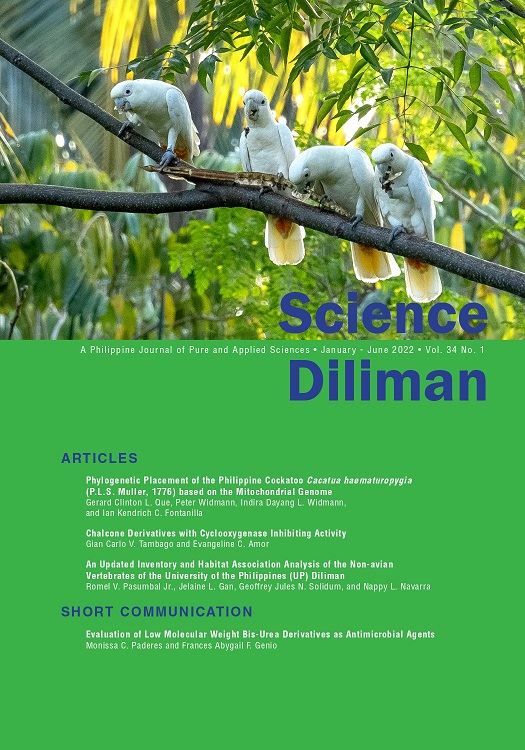Phylogenetic Placement of the Philippine Cockatoo Cacatua haematuropygia (P.L.S. Muller 1776) Based on a Partial Mitochondrial Genome
Abstract
An 18,493 base pair mitogenome of the Philippine Cockatoo (Cacatua haematuropygia) is presented, containing 13 complete protein-coding genes, two rRNAs, 24 tRNAs, two control regions, and two partial duplicate copies of cytb and nd6. The mitogenome contains two complete copies of tRNA-Leu, tRNA-Ser, tRNA-Thr, and tRNA-Pro. Phylogenetic analysis places the Philippine Cockatoo within the subgenus Licmetis, with its closest relatives being the Tanimbar Corella (Cacatua goffiniana) and the Western Corella (Cacatua pastinator) and all three species being sisters to other white cockatoos in the subgenus Cacatua. The gene order and content of the mitogenome are most similar to C. pastinator, containing a partial duplication of cytb, and whole duplications of the control region and several tRNA genes. However, the total duplication of nd6 could not be verified. Analysis of the control regions indicates that these are paralogs of each other; both copies contain preserved features such as the Extended Termination Associated Sequences 1 and 2 (ETAS1, ETAS2) and Conserved Sequence Block 1 (CSB1) associated with d-loop or control region replication in mitogenomes. Gene order for the species cannot be verified since the region corresponding to duplicate copies of tRNA-Glu and nd6 in other cockatoos could not be properly sequenced.



